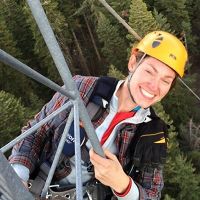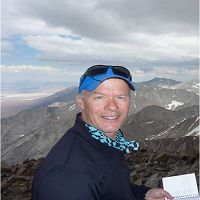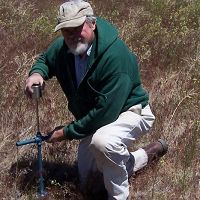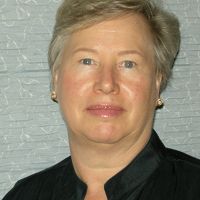Stacy et al., 2011
Chemical characteristics of sediment eroded from Sierra Nevada headstream catchments
Stacy, E., Hart, S. C., Johnson, D., and Hunsaker, C. T. (2011)
: National CZO Program 2011 All Hands Meeting
-
Sierra, STAFF
-
Sierra, INVESTIGATOR
-
Sierra, INVESTIGATOR
-
Sierra, INVESTIGATOR
Abstract
Lateral distribution of soil and associated soil organic matter (SOM) impose significant controls on the dynamics of SOM within the eroding watershed and overall carbon (C) sequestration potential of the terrestrial biosphere. Typically, more than 70% of the sediment transported from eroding slopes is deposited within the same or adjacent watersheds (Stallard 1998). It is likely that the less than 30% of sediment and associated SOM that is transported from the source watershed is enriched in finer soil particles, light fraction or particulate SOM and pyrogenic black carbon (BC). The quality of this eroded material also has important implications for downstream ecosystem SOM dynamics and forest management because it may contribute to elevated dissolved organic matter levels in downstream waters thus increasing the financial cost of water treatment. Furthermore, in some ecosystems deposition and burial of SOM creates a net carbon sink because lost SOM is replaced upslope through primary productivity, and decomposition rates are slower in depositional sites (Berhe et al. 2008). The stability of eroded SOM, including its molecular architecture and associations with soil minerals, influence complex post‐deposition decomposition dynamics that involve microbial activity and abiotic factors. Because this matter is transported, it is important that we consider these decomposition dynamics within and outside of the watershed.
In this study, we aim to determine the chemical composition of material being transported from eight first‐order watersheds, four in the Southern Sierra Critical Zone Observatory, and four watersheds from a higher elevation that receive a larger fraction of precipitation as snow, but are still in the mixed‐conifer zone and of comparable size (all part of the Kings River Experimental Watershed Project). We aim to determine how the biochemical composition and stability of SOM, and mineralogy of the trapped in sediment basins at the base of each watershed (i.e., material leaving the watersheds) relates to the composition of the upslope soil in the watershed. Specifically, how does the rate of decomposition of trapped sediments compared to the source locations upslope? Previous work indicates that the dry weight of sediment transported by the streams may vary by more than two orders of magnitude between years and between watersheds (when normalized to kg/ha; Eagan et al. 2004). Preliminary results suggest that the carbon to nitrogen (C:N) mass ratio of the sediment is less variable between years and watersheds, and is similar to the C:N ratio of surface soils from upslope positions. High concentrations of particulate organic matter in the sediment would explain higher C concentrations in the sediments than in mineral soils. Enzymatic activity in sediments from the 2010 water year were higher than average activity in soils. Further work will include a more intense sampling design of upslope soils as well as sediments being actively eroded to clarify the relationship between the biochemical composition of upslope soils and eroded sediments. Fourier‐Transform Infrared Spectroscopy and 13C‐Nuclear Magnetic Resonance analyses are also planned to compare the biochemical composition of SOM between eroded and residual material.
Citation
Stacy, E., Hart, S. C., Johnson, D., and Hunsaker, C. T. (2011): Chemical characteristics of sediment eroded from Sierra Nevada headstream catchments. : National CZO Program 2011 All Hands Meeting.
 This Paper/Book acknowledges NSF CZO grant support.
This Paper/Book acknowledges NSF CZO grant support.
Explore Further




